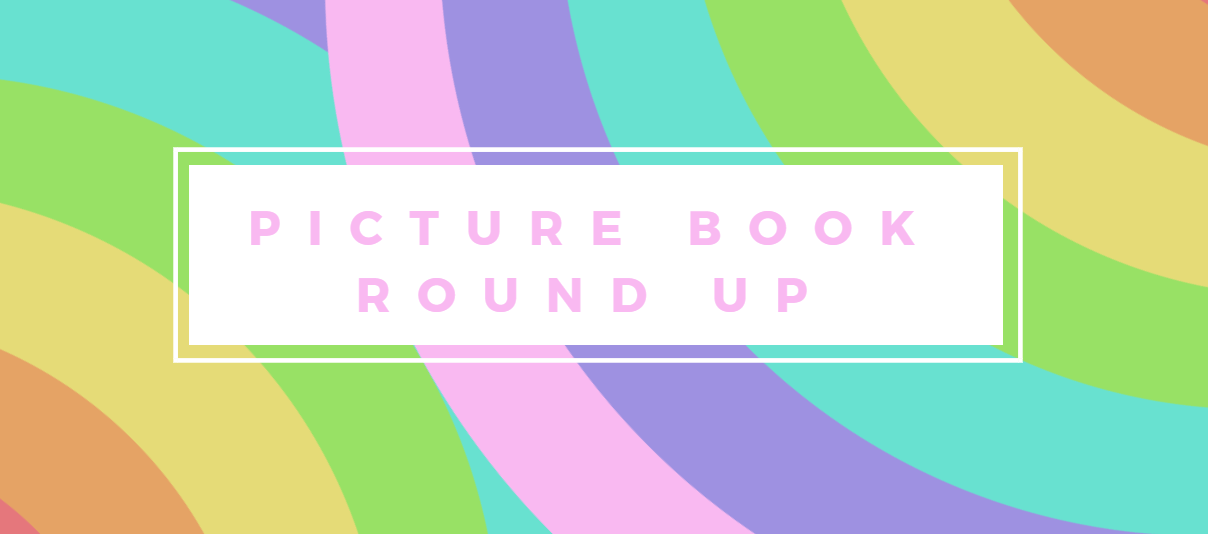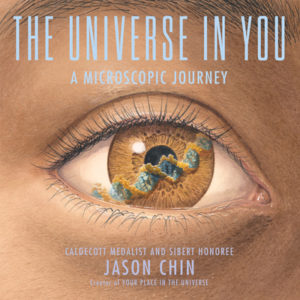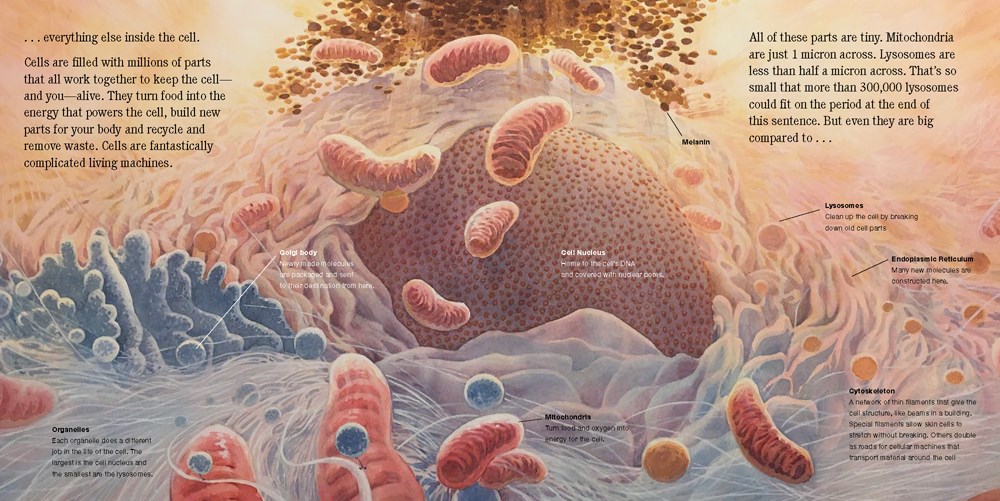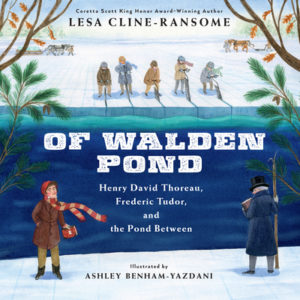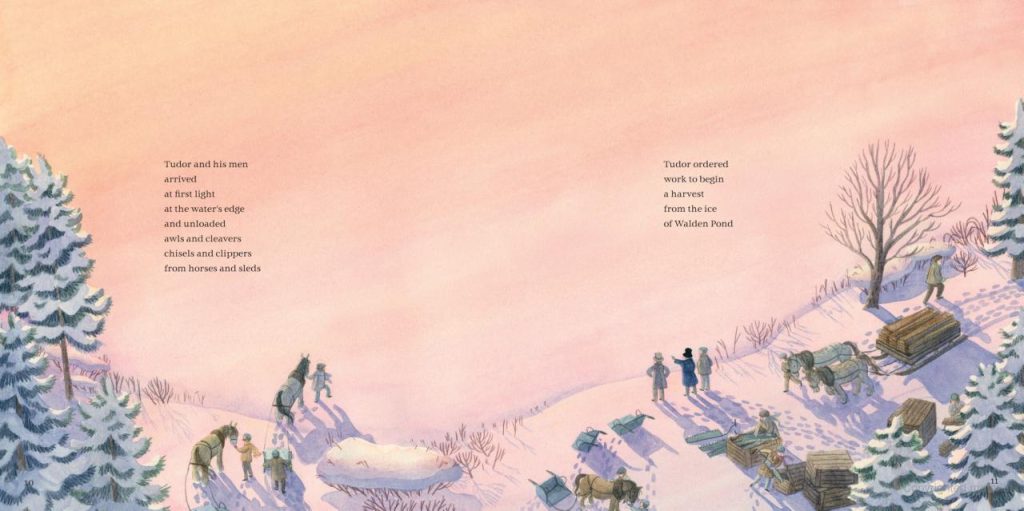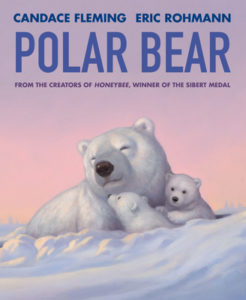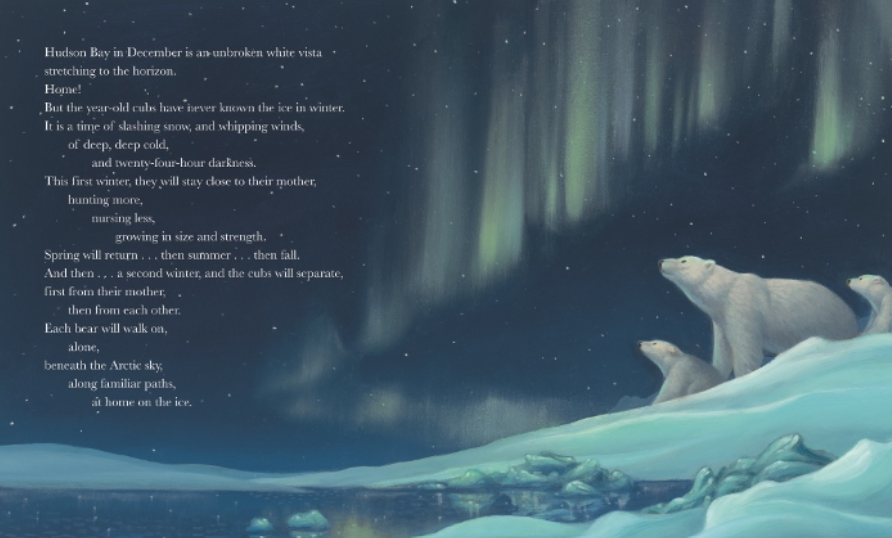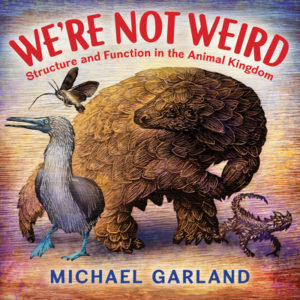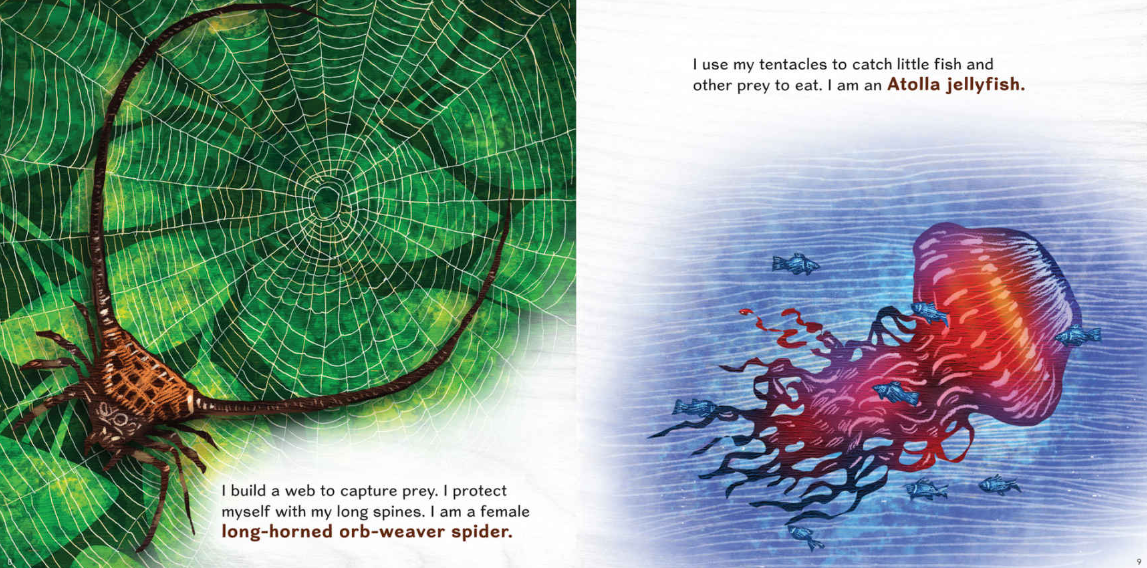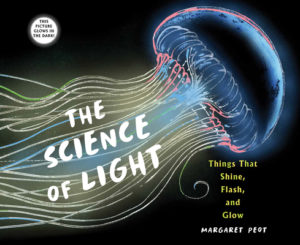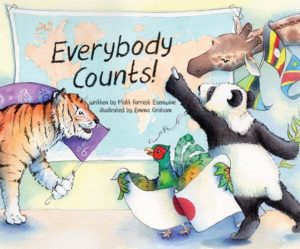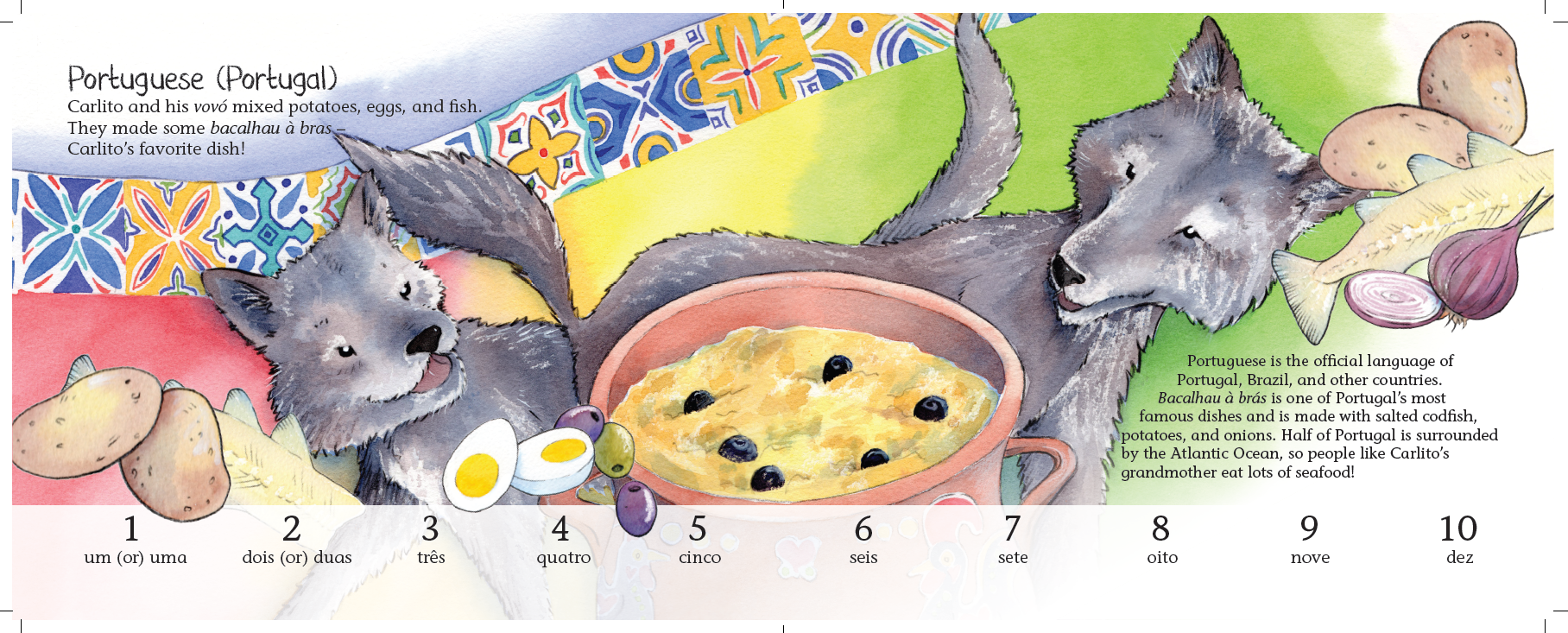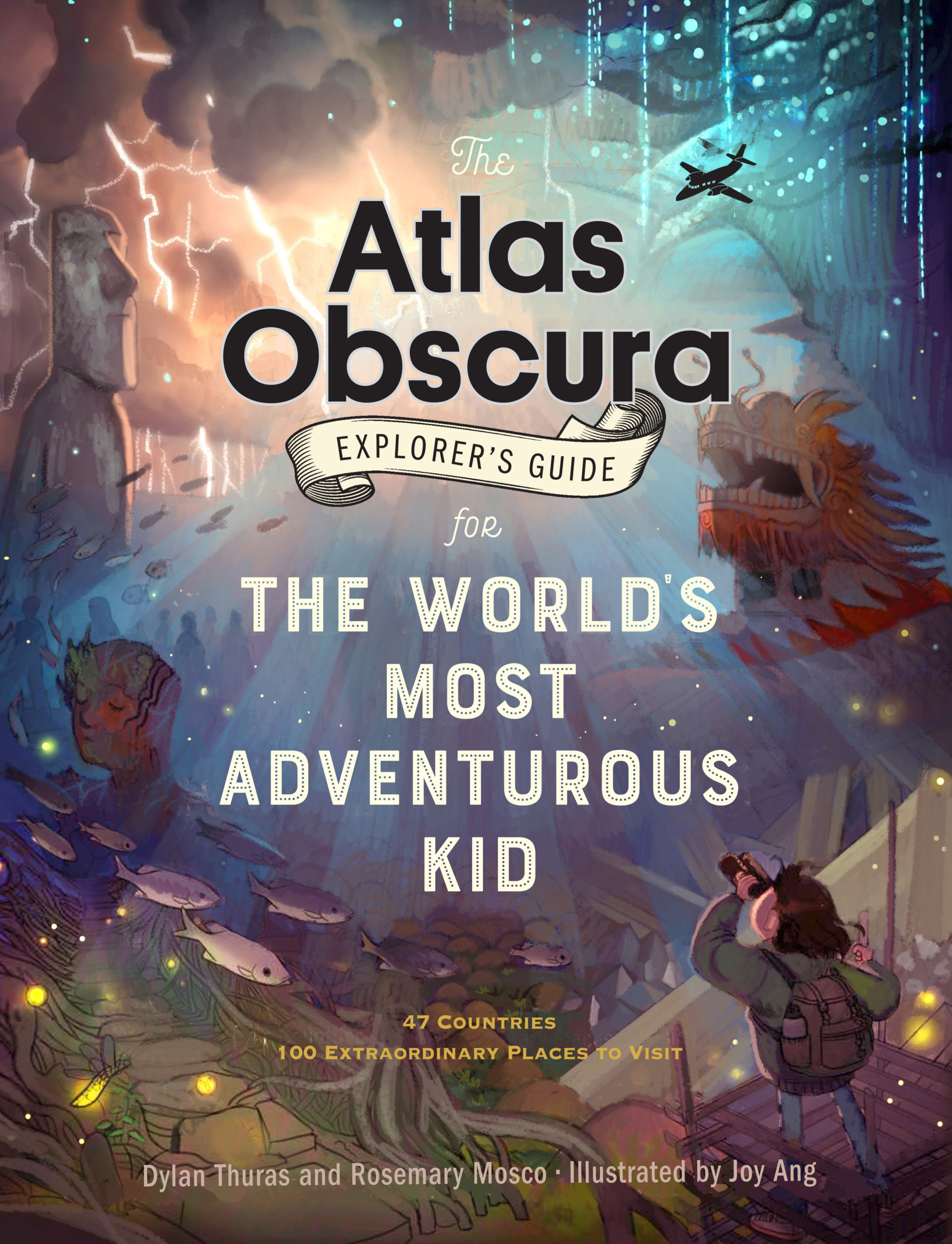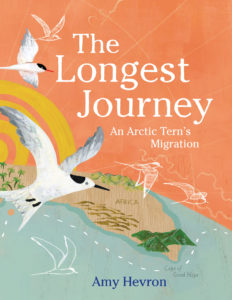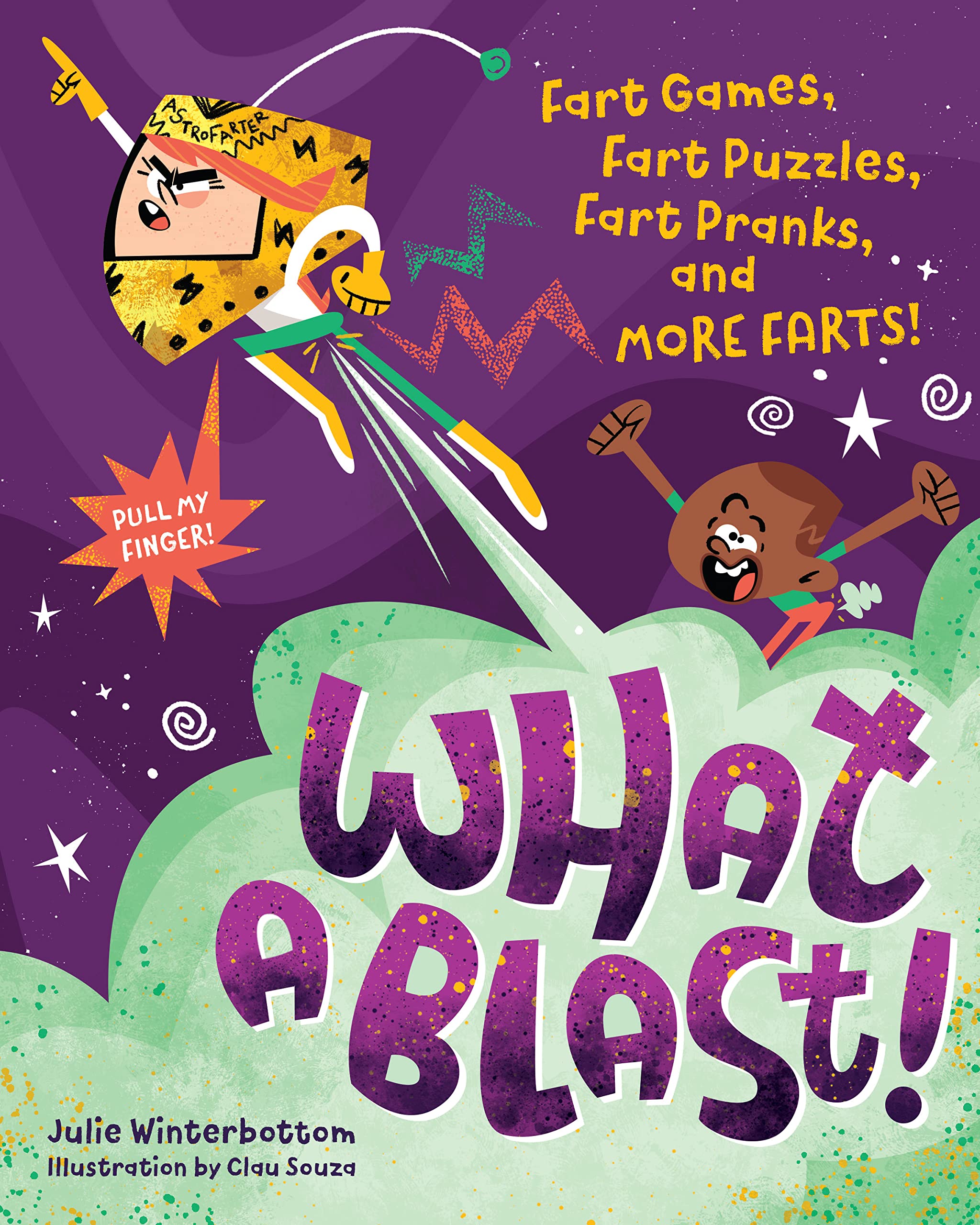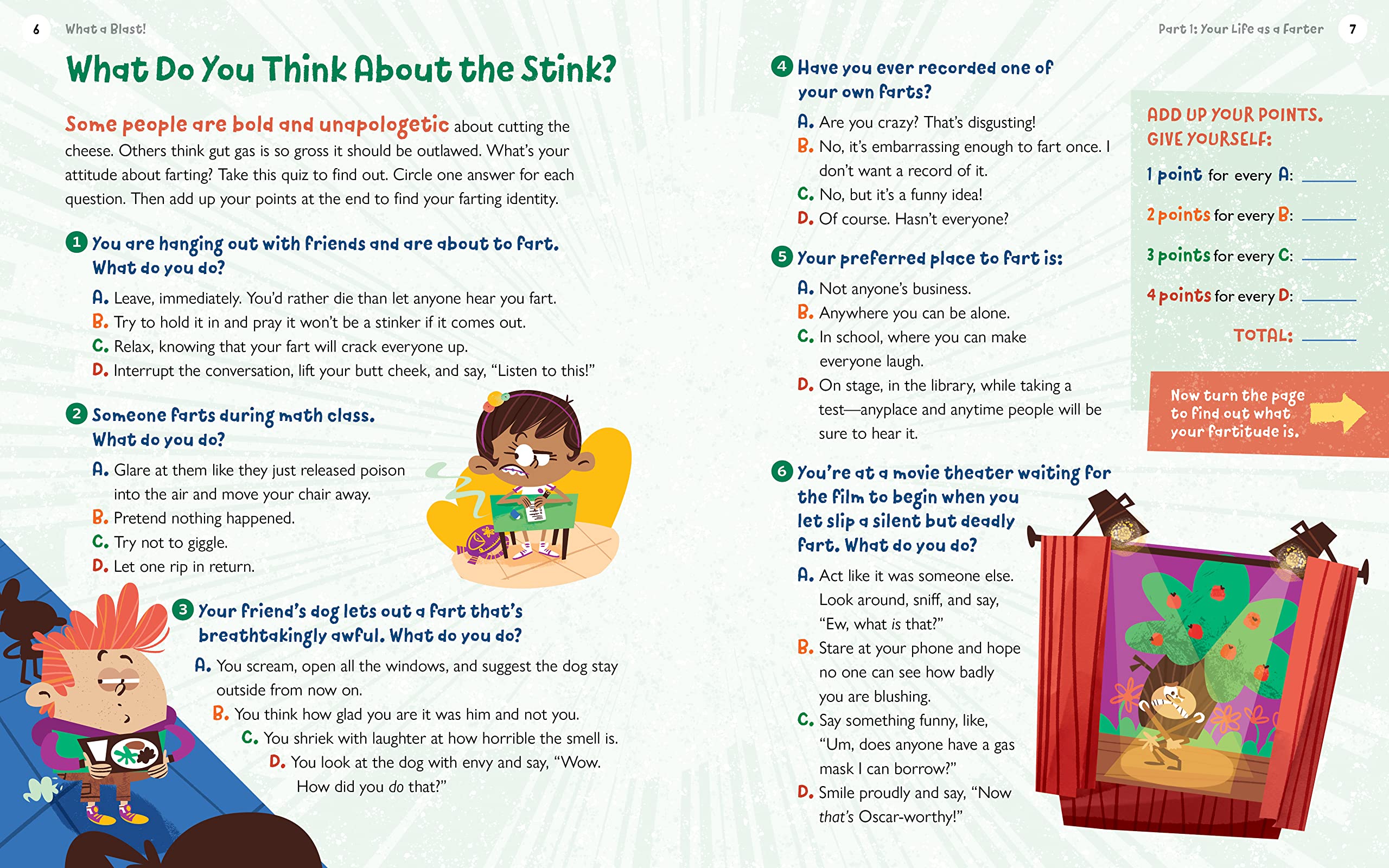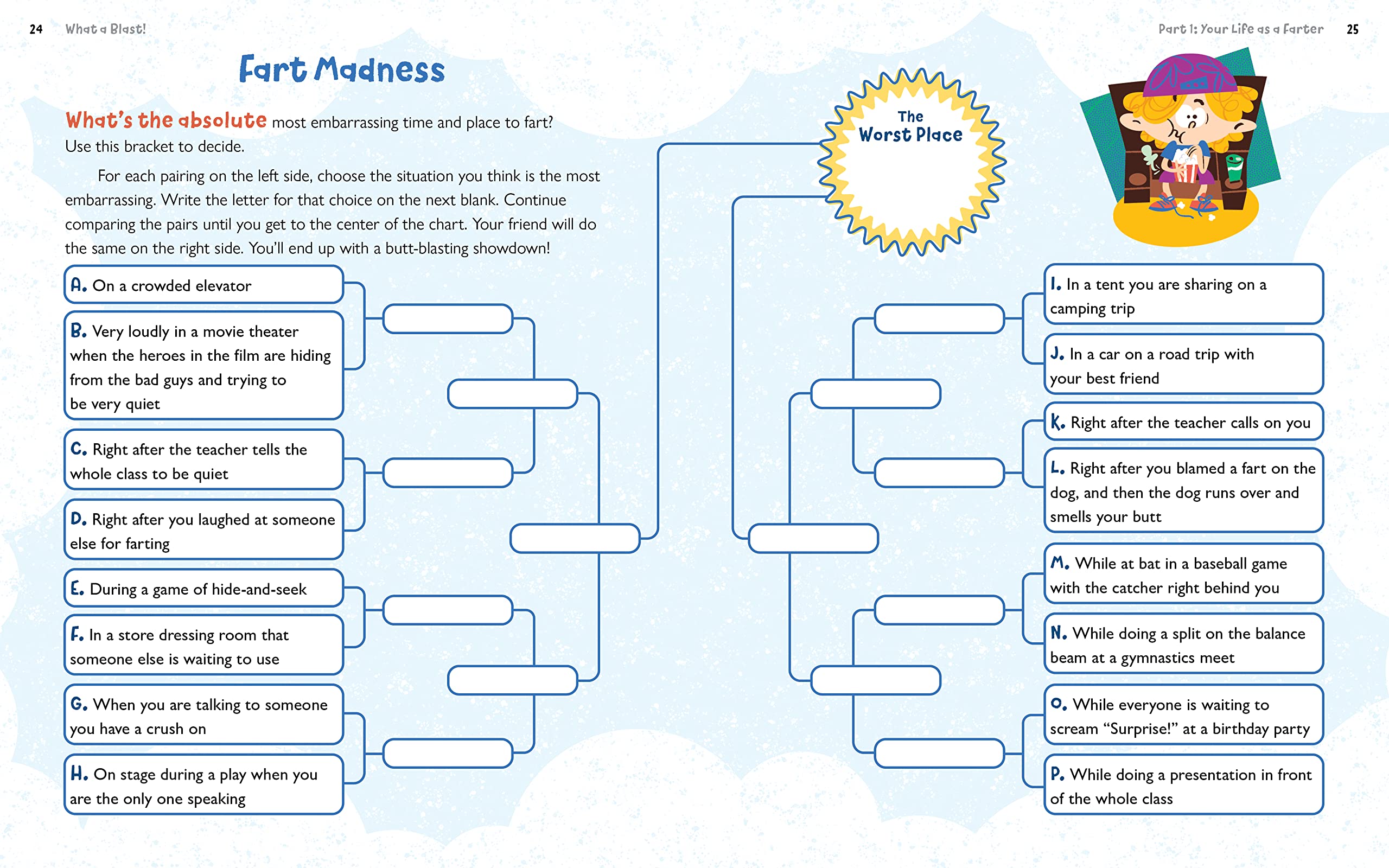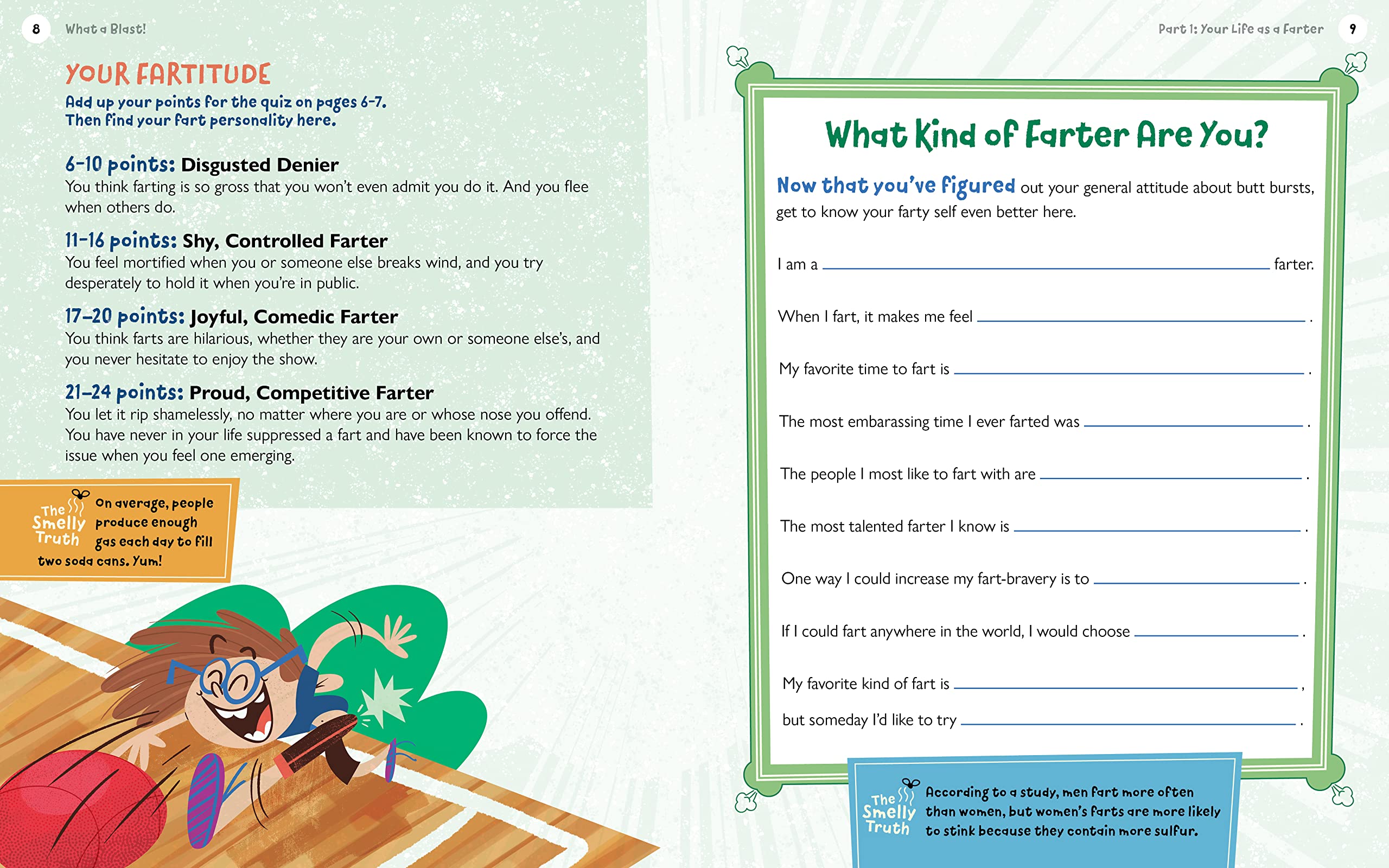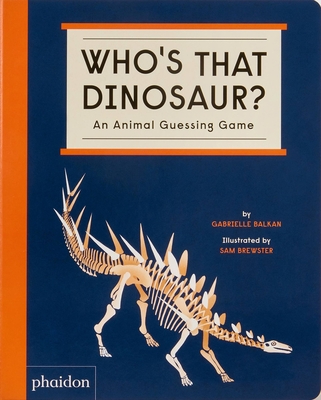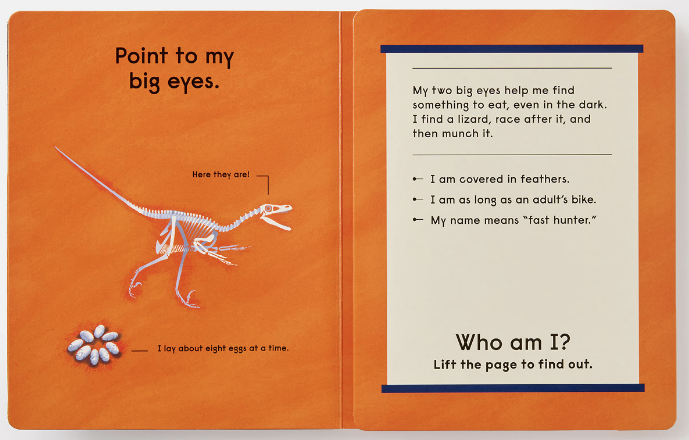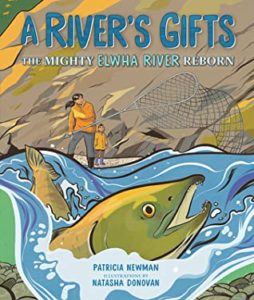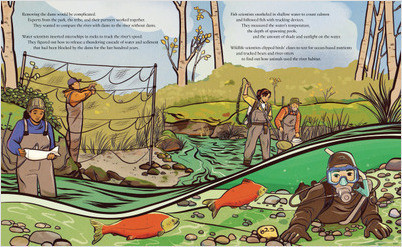The Universe in You: A Microscopic Journey
Author & Illustrator: Jason Chin
Published October 18th, 2022
Summary: Caldecott Medalist Jason Chin’s companion book to the award-winning Your Place in the Universe explores the world of the very small, delving deep into the microscopic world just beneath our skin.
From Jason Chin, Caldecott Medalist for Watercress and Cook Prize winning author and illustrator of Your Place in the Universe comes The Universe in You: A Microscopic Journey, a companion book about the very small, from the tiniest mammals to the intricate structures of microscopic organisms and subatomic particles that make up every human body. This deep dive into an unseen world explores the building blocks of all matter and life, demonstrating how much we have in common with everything around us.
A Kirkus Reviews Best Book of the Year
A Horn Book Fanfare Title
A School Library Journal Best Book of the Year
A Junior Library Guild Gold Standard Selection
Review & Teachers’ Tools for Navigation: Jason Chin does it again: combining impeccable illustrations with science to take the reader into the microscopic world within our universe. Chin is such a master at bringing the reader into whatever world he has decided to explore and share with us. His writing is thorough and interesting, his illustrations are detailed and labeled, and the book together is definitely the journey he promises.
Educator Guide Available HERE!
Discussion Questions:
- What is so special about the structure of the book? Why do you think the author set the structure up this way?
- What is the smallest thing in the universe? How do these small particles impact us?
- How does the author make this nonfiction book like a journey?
Flagged Passages:
Recommended For:
Of Walden Pond: Henry David Thoreau, Frederic Tudor, and the Pond Between
Author: Lesa Cline-Ransome
Illustrator: Ashley Benham-Yazdani
Published November 15th, 2022 by Holiday House
Summary: From the award-winning author of Before She Was Harriet comes another work of lyrical beauty, the story of Henry David Thoreau and businessman Frederic Tudor–and a changing world.
Thoreau and Tudor could not have been more different from each other. Yet both shared the bounties of Walden Pond and would change the course of history through their writings and innovations.
This study in opposites contrasts the austere philosopher with the consummate capitalist (whose innovations would change commercial ice harvesting and home refrigerators) to show how two seemingly conflicting American legacies could be built side by side.
Oddball/ tax dodger/ nature lover/ dreamer/ That’s what they called/ Thoreau.
Bankrupt/ disgrace/ good for nothing/ dreamer/ That’s what they called/ Tudor.
Celebrated author Lesa Cline-Ransome takes her magnificent talent for research and detail to plumb the depths of these two history-makers. The graceful text is paired with Ashley Benham-Yazdani’s period accurate watercolor and pencil artwork. In winter, readers see Tudor’s men sawing through the ice, the workhorses dragging the ice, and Thoreau observing it all; in spring, summer, and fall, the ice continues its journey across the globe with Thoreau and Tudor writing and reflecting in their respective diaries.
An Author’s Note, which explores how Thoreau’s writings influenced such figures as Martin Luther King Jr., Robert Frost, and Mohandas Gandhi, is included.
Review & Teachers’ Tools for Navigation: Lesa Cline-Ransome introduces us to another aspect of Walden Pond that Thoreau fans may not know about: Tudor’s industrial side of the pond. Cline Ransome’s verse shows us the contrast between the two lives that are tied together by the pond that they both loved, for very different reasons. Beautifully written with rhythm that yells for it to be read aloud.
Benham-Yazdani’s “period accurate watercolor” reminds me of Grandma Moses which is perfect for this story!
Educator Guide Available HERE!
Discussion Questions:
- What does the different fascinations with the pond show you about the two men?
- Why do you think the author chose to write the book in verse separated by seasons?
- What did you learn about the past of ice that surprised you?
Flagged Passages:
Recommended For:
Polar Bear
Author: Candace Fleming
Illustrator: Eric Rohmann
Published November 22nd, 2022 by Holiday House
Summary: This companion book to the authors’ Sibert award-winning Honeybee explores the life and habitat of a majestic endangered species through dramatic text and sumptuous illustration.
April in the Arctic . . .
Cold winds send snow clouds scuttling across the sky.
Temperatures barely nudge above freezing.
But every now and again,
The cloud cover parts,
The sun shines down,
And the frozen world stretches awake.
As spring approaches in the Arctic, a mother polar bear and her two cubs tentatively emerge from hibernation to explore the changing landscape. When it is time, she takes her cubs on a forty-mile journey, back to their home on the ice. Along the way, she fends off wolves, hunts for food, and swims miles and miles.
This companion book to Honeybee and Giant Squid features the unique talents of Fleming and Rohmann on a perennially popular subject. Eric Rohmann’s magnificent oil paintings feature (as in Honeybee) a spectacular gatefold of the polar landscape.
A Junior Library Guild Gold Standard Selection
Review & Teachers’ Tools for Navigation: Candace Fleming’s beautiful verse introduces us to the polar bear and all of the trials and tribulations she faces with her cubs in the Arctic. Within the narrative, we learn so much information about them and their habitat. The verse adds an extra poetic element to the book that just brings it to the next leve.
Add to that Rohmann’s illustrations, and this stunning picture book sucks in the reader through word and pictures. Backmatter adds even more information through shared research and fun facts.
Educator Guide Available HERE!
Discussion Questions:
- Why do you think that author chose to write the book in verse?
- What does the gatefold add to the experience of reading Polar Bear?
- What are the biggest threats to polar bears?
- Why does the back matter include the statement “I’s All About the Ice?”
Flagged Passages:
Recommended For:
We’re Not Weird: Structure and Function in the Animal Kingdom
Author & Illustrator: Michael Garland
Published January 3rd, 2023 by Holiday House
Summary: Meet nature’s most extraordinary looking creatures. But they aren’t weird!
Birds with blue feet, fish that walk, unicorns in the sea, and more! Learn how these animals’ quirks help them survive. Perfect for budding naturalists who are always ready to share a cool (or gross) animal fact.
Very hard scales protect me, and my long tongue is perfect for eating ants. When I feel threatened, I roll myself into a ball. I am a Pangolin.
See these animals’ amazing body parts in vibrant and detailed woodcut illustrations, from the thorny dragon’s spiky skin to the star-nosed mole’s twenty-two feelers. Read how these creatures’ unique traits help them thrive and survive in their environments. Learn where they live, what they eat, how they protect themselves, and more.
With easy-to-read text vetted by an expert, this book aligns with the Next Generation Science Standards on adaptation, structure, and function for kindergarten through 3rd grade. With supplementary information on each animal’s habitat and diet.
Review: This book introduces the reader to so many different unique animals (20 of them!), featuring what makes them different than others. The text in the book is written in 1st person with interesting facts and an introduction to the animal. Additional info on each animal is on in the back matter giving even more information about the animal including their habitat and diet.
Discussion Questions:
- Which of the animals would you like to learn more about? Why?
- Choose your own animal to research and write an introduction, in 1st person, highlighting the animal’s uniqueness and interesting facts.
- What is similar about all of the animals’ unique features?
Flagged Passages:
Recommended For:
The Science of Light: Things that Shine, Flash, and Glow
Author & Illustrator: Margaret Peot
Published December 6th, 2022 by Holiday House
Summary: With a striking glow-in-the-dark cover, this intriguing science book invites young readers to find light all around.
Sun shines.
Stars twinkle.
Aurora borealis glimmers.
Dramatic paintings of lightning, fire, fireworks and more introduces the sources of light–both natural and manmade–and encourage children to look around and observe.
Kids will gasp in surprise at the beautiful glow-in-the-dark cover, and the bold spreads within. Margaret Peot’s distinctive art style captures the elusive nature of light. Bioluminescent squid, fireflies and phytoplankton reveal light sources in living things. Fireworks and light bubbles sparkle on the page.
This foundational science book will kindle curiosity in physical science and the natural world. The simple text makes science accessible to all ages.
Toddlers will delight in the colorful art at storytime. As they grow, kids will return to this nonfiction favorite and discover new ideas each time. Science vocabulary and definitions are included in the back of the book.
An Orbis Pictus Honor Book
Review: This beautifully illustrated book with sparse text gives an introduction to light in science including natural sources of light, bioluminescence, and artificial light. All of the animals, nature, and items in the book are tied together by the light that they make.
The author’s backmatter adds even more depth to the text by sharing more information on the different types of light, a bibliography, and websites to learn more.
Discussion Questions:
- What are the differences between the three types of light shared in the book?
- Which of the types fascinates you the most?
- How does bioluminescence work?
Flagged Passages:
Recommended For:
**Thank you to Sara at Holiday House for providing copies for review!**
